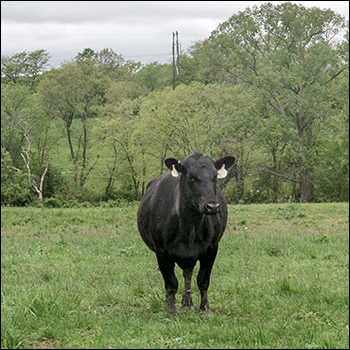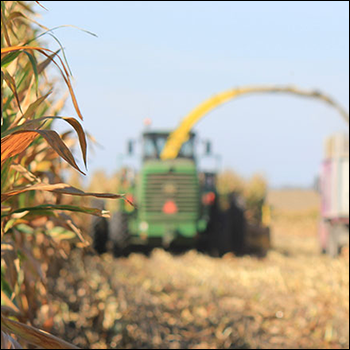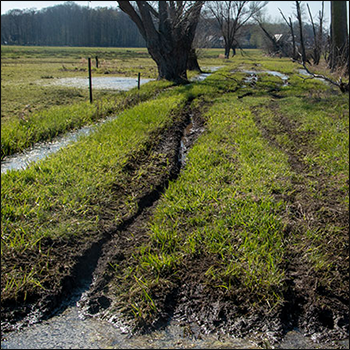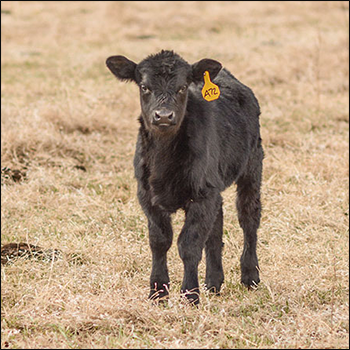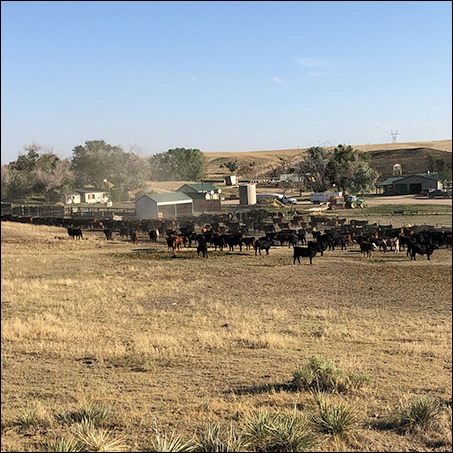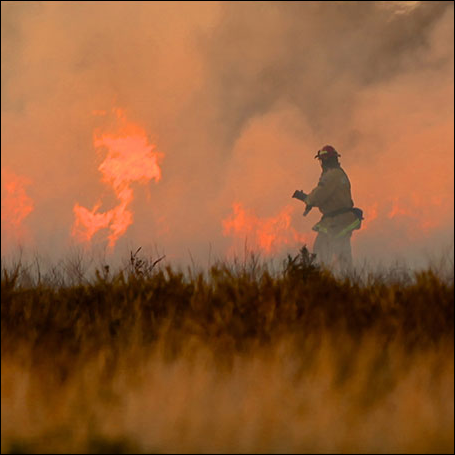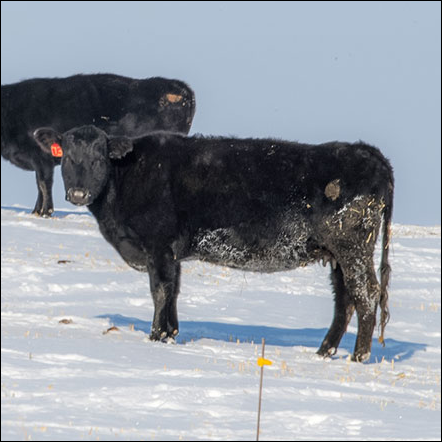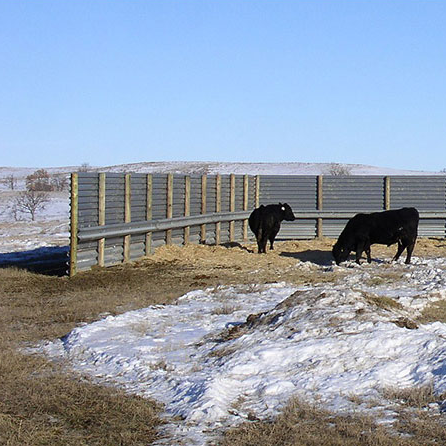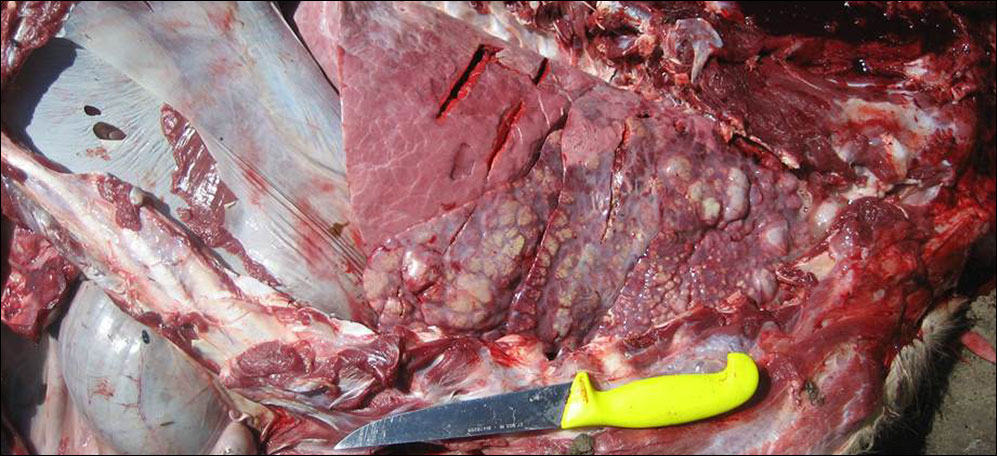
Mycoplasma Bovis: An Increasingly Frustrating Challenge
Chronic pneumonias in the feedlot are often the result of M. bovis.
Mycoplasma bovis (M. bovis) can cause many diseases, including mastitis, arthritis and pneumonia, and some cattle simply shed these bacteria without being sick.
Murray Jelinski, professor in the Department of Large Animal Clinical Science at the Western College of Veterinary Medicine, University of Saskatchewan, says the first case in cattle in North America was reported in the early 1960s with mastitis in a dairy cow in California.
“Later we started to see more cases involved with arthritis. In the 1980s there were more incidences in Canada and the U.S., and people wondered if M. bovis might be involved in pneumonia,” says Jelinski.
Mycoplasmas are the smallest self-replicating bacteria and don’t have a well-defined cell wall. Because of their structure, these bacteria often don’t elicit much immune response, and it may take a while for signs of disease to appear.
“This pathogen multiplies very slowly. It’s quiet and sneaky, like tuberculosis,” he says. “These bacteria are hard to culture because they grow so slowly. When they get into the lungs they also grow very slowly — which has huge implications in the feedlot. When we look at diseased lungs in feedlot cattle we find other pathogens, but now we are also seeing more incidences of mycoplasma.”
Part of the bovine respiratory disease (BRD) complex, M. bovis also causes arthritis and painful joints. Research, he says, is beginning to show infection of M. bovis tends to occur later in the feeding period than the more typical shipping fever pneumonias that show within the first week or two after arrival in the feedyard.
Mycoplasma cases appear 30 or more days after arrival. A few healthy animals may be shedding these bacteria when they arrive (since these bacteria can be normal inhabitants of the nasal cavity in carrier animals) and pass it to the other cattle around. Two or three weeks later, nearly all the animals in the pen have it.
By itself, M. bovis does not cause pneumonia. After stress hinders the immune system, however, and some of the other pathogens start damaging the lungs, this one slips down into the lungs from the nasal cavity and starts to grow, he explains. Many researchers now consider M. bovis an opportunistic pathogen, infecting the lungs after other pathogens have initiated pneumonia.
“We see low prevalence upon arrival, then in a couple weeks, when the shipping fever types of pneumonia are peaking, we realize the mycoplasmas are starting to infect those lungs,” he says.
There are effective vaccines to protect pigs and chickens against mycoplasmas, but not cattle.
“This organism is covered in variable surface proteins (VSPs), which the immune system recognizes and forms antibodies against, there’s evidence that immune response triggers the bacteria to switch VSPs, effectively hiding from the immune system,” says Jelinski.
This bacterium keeps changing its surface proteins.
“The immune system might have recognized it last week, but can’t recognize it this week. This is one reason it creates chronic infections,” he explains.
This also enables it to resist antibiotics.
“We don’t have vaccine to effectively prevent it and can’t control it very well with antibiotics, but some animals recover. The other issue is animal welfare because it can get into their joints and they become severely lame,” he says.
Feedlot operators often try to baby those animals along and market them on the rail. About 40%-50% of those cattle can be salvaged, but never do well, he says.
This disease may have increased in incidence, but we may just have increased awareness.
“We recognize it better now, though we also might have changed the ecology of the pathogens in the feedlot as we’ve attempted to control Mannheimia and other BRD pathogens with metaphylaxis upon arrival — maybe allowing more chance for mycoplasma to flourish. Rather than those animals dying of shipping fever early on, they survive it and go on to have mycoplasma infections later. We are doing a better job of controlling pneumonias up front, so the ones emerging later — that have been hanging around — are the mycoplasmas,” he says.
It’s not such a big problem in cow-calf operations.
“There are some outbreaks with calves getting ear infections. Affected calves have tilted head and droopy ear. There are also a few animals that get infections in the reproductive tract, but those are minor and rare,” he explains.
Editor’s note: Heather Smith Thomas is a freelance writer and cattlewoman from Salmon, Idaho. Photo courtesy Murray Jelinski.
